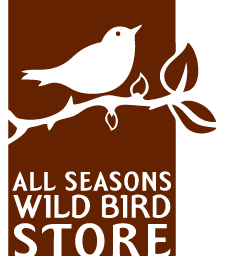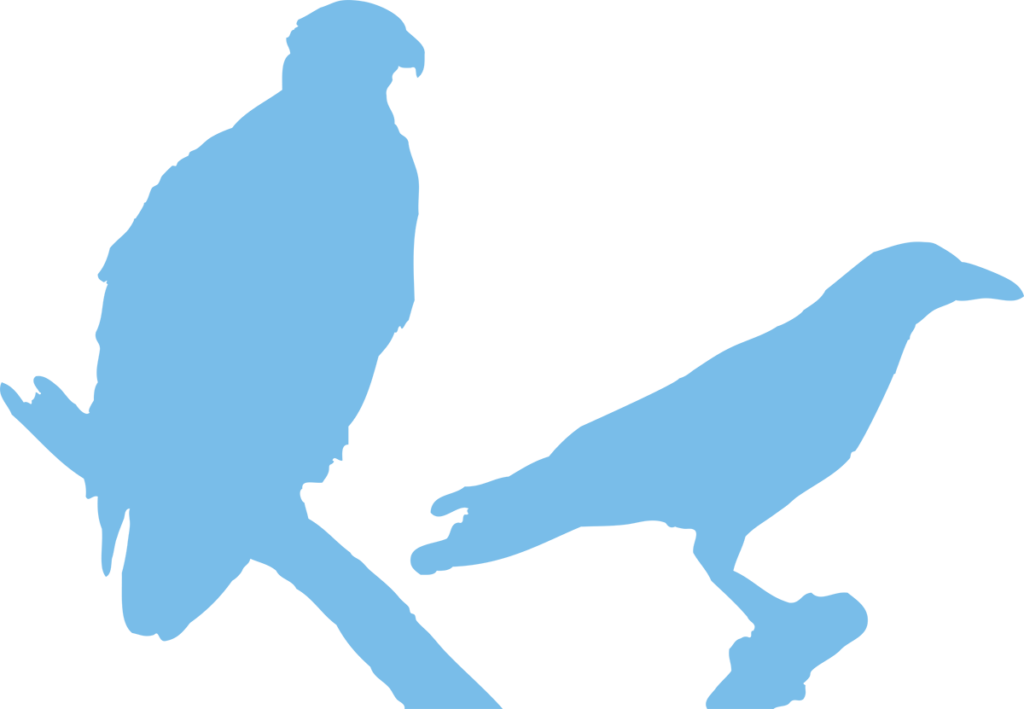Did you ever think about the fact that more birds are heard than seen? This article, then, should be about the identification of bird song, right? But the art of learning bird song is one of the most challenging for birders of all skill and experience levels, so we’ll keep that for another article. In this discussion we’ll focus on a simple, more approachable method of bird identification.
The plumage identification of birds is also one of the most challenging, interesting, fun and exciting parts of the birding hobby. Many beginning birders feel they must learn to see color first to identify what species of bird they’re seeing. To me, color identification is the wrong place to start.

GISS METHOD OF IDENTIFICATION
When I received my first copy of Roger Tory Peterson’s A Field Guide to the Birds, at age 10, opening the front cover I was intrigued by the black and white drawings of birds. I had expected to see color immediately. Here were silhouettes of over 50 of the most common species of birds a person would likely see. This study of silhouettes was later defined by the term GISS (general impression of size and shape).
I believe GISS is the best way to identify birds. Each species of bird has a unique shape—yes, some are very subtle differences but if you know the difference between the shape of a meadowlark and a kingbird, for example, sitting on a fence post, you have come a long way in identifying birds.
When using the GISS method of identifying birds, you can use flight patterns, walking style, various other movements, plumage characteristics and, of course, song to identify birds. Think of it in the way you identify people from a distance. We each have a unique posture, hair style, walk, movements of other body parts (like how we swing our arms) and, of course, voice. Our voices are unique identifying attributes for each of us. This is how we can identify aunt Mary, whom we haven’t seen in a long time, when we are meeting her in a crowd of people at the airport. Think of bird identification in the same way. Learn the unique size and shape of each species; then practice observing the different plumage shades and color brightness.
Below: example of using the GISS method for identifying raptors: looking at overall shape and size, flight patterns and perching style to identify species.
WHAT ABOUT COLOR?
I know you are now going to say, “But color is the most enjoyable thing about seeing birds!” Yes, this is certainly true. But just think of how satisfied you will be when you call out to your friends (or yourself!), “That’s a Brown Thrasher,” as it swiftly flies away before you have a chance to see any color. You will have relied upon the shape of the bird, or perhaps a unique sound it made. GISS definitely is a simple way to quickly and accurately identify birds.
THE BIG REWARD
One of my favorite quotations comes from Jonathan Rosen’s book Life of the Skies: “I can’t think of any activity that more fully captures what it means to be human in the modern world than watching birds.” Thus, enjoy bird identification in a way that suits your particular style. Birds are everywhere you go, day or night. Pay attention to them, and you’ll be rewarded with an ever-growing appreciation of our natural world. ν
by All Seasons Wild Bird Store Emeritus Employee and Author ROBERT B. JANSSEN
Originally published in our Sept/Oct 2015 Bird’s-Eye Newsletter





